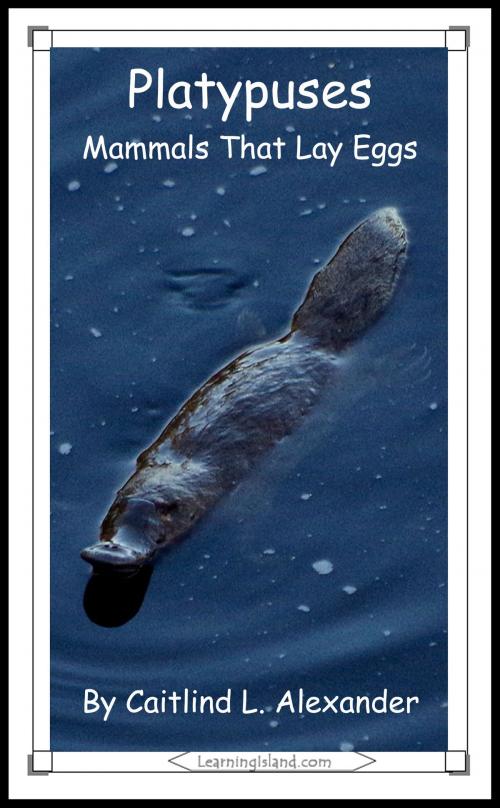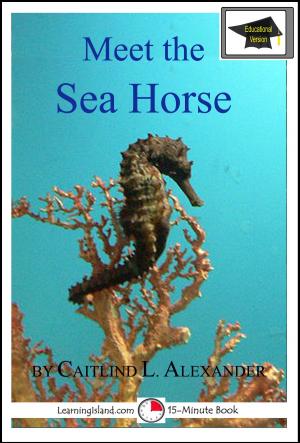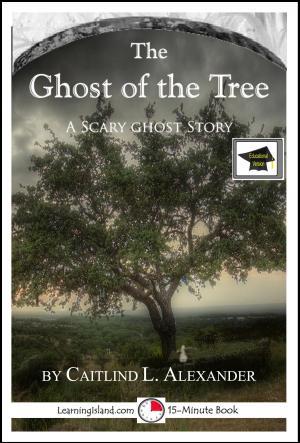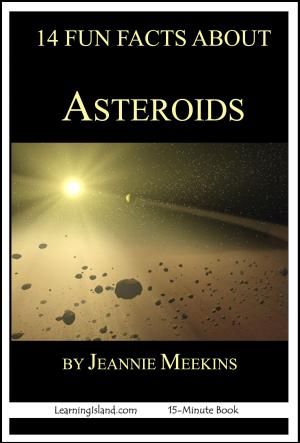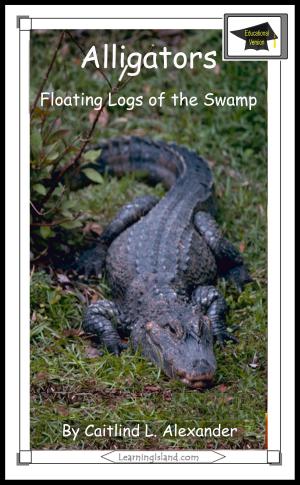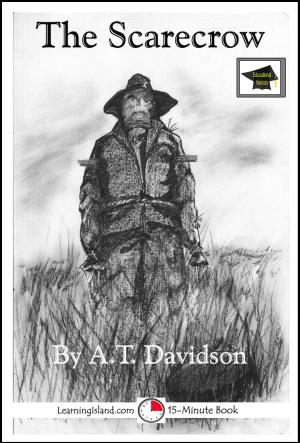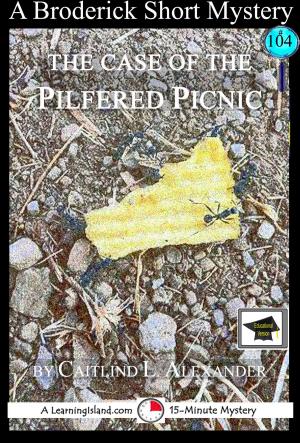| Author: | Caitlind L. Alexander | ISBN: | 9781370538942 |
| Publisher: | LearningIsland.com | Publication: | August 2, 2017 |
| Imprint: | Smashwords Edition | Language: | English |
| Author: | Caitlind L. Alexander |
| ISBN: | 9781370538942 |
| Publisher: | LearningIsland.com |
| Publication: | August 2, 2017 |
| Imprint: | Smashwords Edition |
| Language: | English |
A duck billed platypus is one of the strangest animals on Earth. There is no other animal like it.
It looks like a beaver with a big duck bill on its face and big fat paws.
A platypus is covered in fur. Their fur is soft. It is also waterproof. It keeps their skin from getting wet when they swim.
Their fur is brown on their backs. It is lighter on their stomach.
Their fur is so thick that it traps air next to their skin. This helps to keep the platypus warm. It also helps to keep him dry when he is swimming. All of that trapped air also helps it to float.
A platypus also has webbed duck feet. But even its feet are strange. The feet are webbed in the water. That means there is a layer of skin between each of its toes. That makes it easier to swim in the water. It is like having flippers on its feet.
Their webbed feet help them to swim fast in the water. They steer with their hind feet and their wide, flat tail.
But when the platypus climbs out of the water, its feet change! The webbing is pulled back toward its feet. All that is left are five toes with long claws sticking out of them. They use these claws to help them dig burrows to live in.
Find out more about this amazing animal and learn the answers to these questions:
How hard is a platypus bill?
Where do platypuses live?
Does a platypus hunt at night or during the day?
What senses does a platypus hunt with?
How big are platypus eggs?
Learn what a platypus looks like, where it lives, what it eats, who are its enemies, how babies are born, and other fun facts.
Reading Level 3.4
Ages 7 - 10
All measurements in American and metric.
LearningIsland.com believes in the value of children practicing reading for 15 minutes every day. Our 15-Minute Books give children lots of fun, exciting choices to read, from classic stories, to mysteries, to books of knowledge. Many books are appropriate for hi-lo readers. Open the world of reading to a child by having them read for 15 minutes a day.
A duck billed platypus is one of the strangest animals on Earth. There is no other animal like it.
It looks like a beaver with a big duck bill on its face and big fat paws.
A platypus is covered in fur. Their fur is soft. It is also waterproof. It keeps their skin from getting wet when they swim.
Their fur is brown on their backs. It is lighter on their stomach.
Their fur is so thick that it traps air next to their skin. This helps to keep the platypus warm. It also helps to keep him dry when he is swimming. All of that trapped air also helps it to float.
A platypus also has webbed duck feet. But even its feet are strange. The feet are webbed in the water. That means there is a layer of skin between each of its toes. That makes it easier to swim in the water. It is like having flippers on its feet.
Their webbed feet help them to swim fast in the water. They steer with their hind feet and their wide, flat tail.
But when the platypus climbs out of the water, its feet change! The webbing is pulled back toward its feet. All that is left are five toes with long claws sticking out of them. They use these claws to help them dig burrows to live in.
Find out more about this amazing animal and learn the answers to these questions:
How hard is a platypus bill?
Where do platypuses live?
Does a platypus hunt at night or during the day?
What senses does a platypus hunt with?
How big are platypus eggs?
Learn what a platypus looks like, where it lives, what it eats, who are its enemies, how babies are born, and other fun facts.
Reading Level 3.4
Ages 7 - 10
All measurements in American and metric.
LearningIsland.com believes in the value of children practicing reading for 15 minutes every day. Our 15-Minute Books give children lots of fun, exciting choices to read, from classic stories, to mysteries, to books of knowledge. Many books are appropriate for hi-lo readers. Open the world of reading to a child by having them read for 15 minutes a day.
